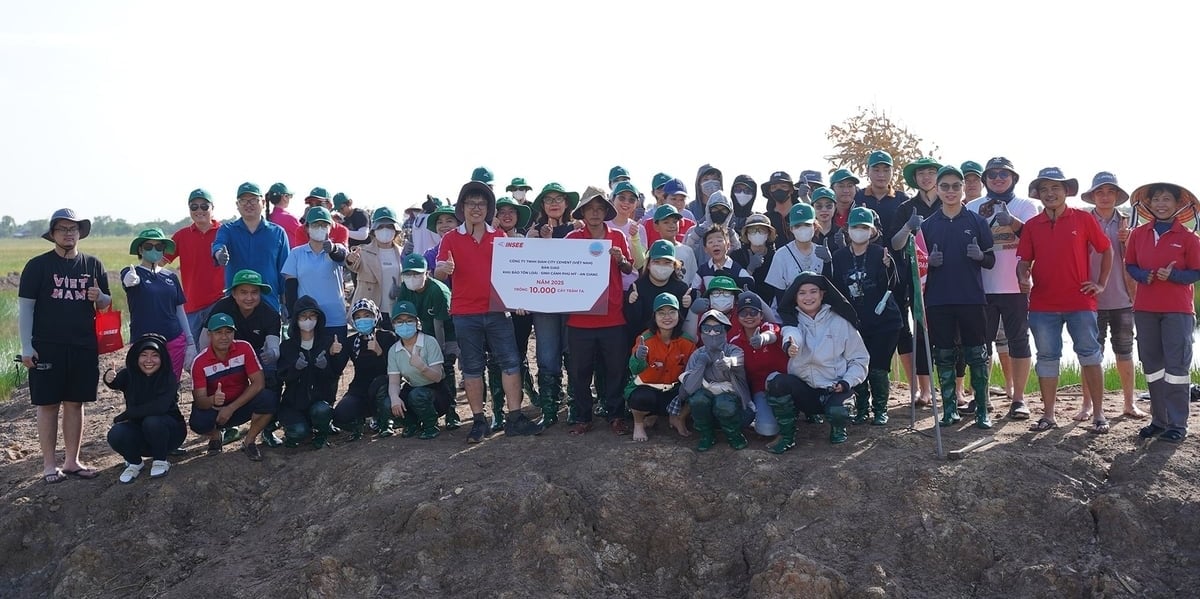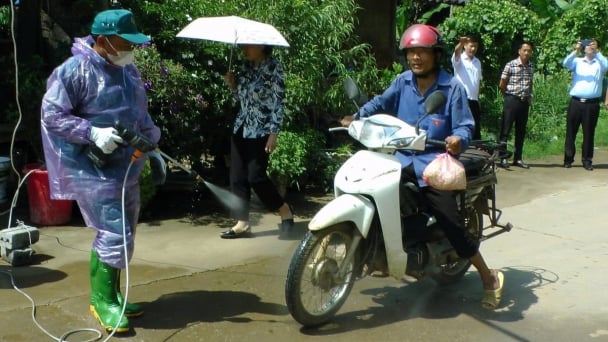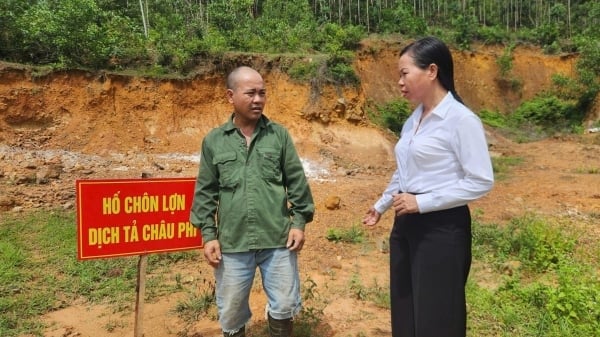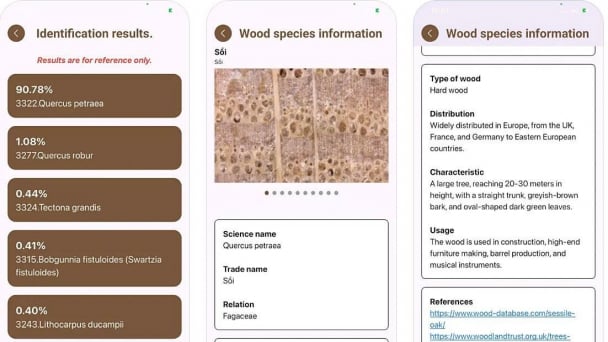August 7, 2025 | 13:35 GMT +7
August 7, 2025 | 13:35 GMT +7
Hotline: 0913.378.918
August 7, 2025 | 13:35 GMT +7
Hotline: 0913.378.918
INSEE Vietnam Cement Company recently handed over and began planting 10,000 local melaleuca trees at the Phu My Species-Habitat Conservation Area in Giang Thanh Commune, An Giang Province. This initiative contributes to reforesting the embankment area, a key habitat within the local ecosystem.

INSEE Vietnam hands over and plants 10,000 local melaleuca trees at the Phu My Species & Habitat Conservation Area in Giang Thanh Commune, An Giang Province. Photo: Khanh Loan.
This action is one of several concrete steps under INSEE Vietnam's Biodiversity Conservation Plan, which aims for a net positive impact on biodiversity by 2030. The strategy's centerpiece is the planting of 110,000 native trees at its plant site and two biodiversity offset areas to restore and enhance natural ecosystems.
This year's sponsorship of 10,000 melaleuca trees is the next phase of the plan, following the planting of over 37,000 native trees in the same area in 2023–2024. This brings the total number of trees planted to 47,000. These specific tree species were selected for natural habitat restoration, taking into account soil and climate conditions, as well as native flora and fauna, to ensure sustainable growth and long-term biological value.
Mr. Dao Nguyen Khanh, Head of Sustainable Development & Communications at INSEE Vietnam, stated that the company's biodiversity conservation objective is backed by a detailed plan. The goal is to achieve a Net Positive Impact (NPI) for the Kien Luong District by 2030.
Specifically, INSEE Vietnam is planting 110,000 native trees across the Hon Chong Nature Reserve, the Phu My Species-Habitat Conservation Area, and the Hon Chong plant site. Simultaneously, it is working to restore mangrove forest ecosystems. The company is also removing invasive species like Mimosa pigra, Tridax procumbens, and water hyacinth from the two biodiversity offset areas to restore ecological balance.

Mr. Dao Nguyen Khanh, Head of Sustainable Development & Communications at INSEE Vietnam, shares insights on INSEE Vietnam's biodiversity conservation goals. Photo: Khanh Loan.
INSEE Vietnam is also supporting local community livelihoods, promoting economic development while raising awareness and participation in conservation efforts. "Additionally, we will focus on providing specialized training for the conservation area management team to enhance their long-term management capabilities. Our progress toward the Net Positive Impact (NPI) goal will be updated periodically through our communication channels and comprehensively reviewed by third-party experts in 2027 to ensure we are on track to meet our 2030 targets," Mr. Dao Nguyen Khanh said.
Through these focused and practical actions, INSEE Vietnam continues to affirm its pioneering role in linking economic development with environmental protection. The sponsorship and planting of 10,000 local melaleuca trees at the Phu My Species-Habitat Conservation Area in 2025 is not only the next milestone in its biodiversity conservation roadmap but also a clear testament to the company's long-term commitment to creating a net positive impact for the environment and local communities.
Translated by Linh Linh
![Sky-high reservoirs on rocky plateau: [1] ‘Water bags' at 2,000-meter altitude](https://t.ex-cdn.com/nongnghiepmoitruong.vn/608w/files/huyenvt (e)/2025/08/06/2024-1-160621_730.jpg)
(VAN) If the 'Happiness Road' is considered the first man-made heritage of the rocky plateau, then the hanging reservoirs at an altitude of 2,000 m might be its second.

(VAN) On August 1, a working delegation from the Department of Livestock Production and Animal Health inspected ASF prevention and control work in Lao Cai.

(VAN) The 18 households affected by African swine fever in just half a month demonstrate the danger of this disease and its rapid spread in Binh Khe ward, Quang Ninh.

(VAN) Caffeine enthusiast returns to rural roots, to use his passion to bring prosperity and help save an ecosystem, Yang Feiyue reports.

(VAN) Vn‑WoodID integrates AI and a scientific database to help forest rangers, customs officers and businesses rapidly verify wood species on mobile devices without needing Internet access.
![Golden sea, sustainable vision: [4] Safeguarding resources through knowledge](https://t.ex-cdn.com/nongnghiepmoitruong.vn/608w/files/content/2025/08/04/bien-vang-niem-tin-xanh-bai-4-giu-tai-nguyen-bang-tri-thuc-145947_742-160821.jpeg)
(VAN) Despite institutional support, fishermen must be equipped with the knowledge and skills to protect themselves when facing dangerous situations offshore.